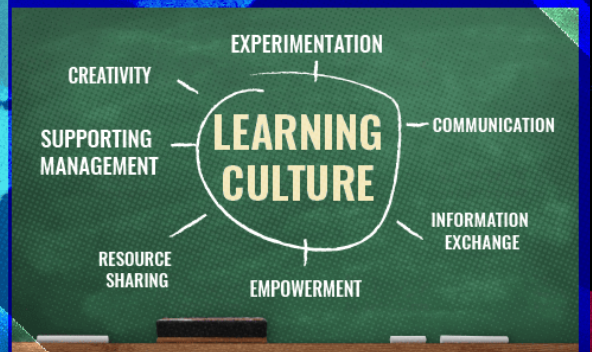Introduction:
In the dynamic landscape of IT staffing, empowering employees with autonomy and ownership over their work is crucial for fostering engagement, driving innovation, and achieving business success. By granting employees the freedom to make decisions, take ownership of projects, and drive their own professional development, organizations can create a culture of empowerment that not only attracts top talent but also retains and motivates existing employees. In this blog post, we’ll explore the importance of employee empowerment and autonomy in IT staffing and discuss strategies for fostering a culture of empowerment within organizations.
The Importance of Employee Empowerment in IT Staffing:
Employee empowerment refers to the process of granting employees the authority, responsibility, and autonomy to make decisions and take action in their roles. In the context of IT staffing, where employees are often tasked with sourcing, recruiting, and placing candidates in highly competitive markets, empowerment plays a critical role in driving performance and achieving business objectives.
Here are some key reasons why employee empowerment is essential in IT staffing:
Increased Motivation and Engagement:
When employees feel empowered to take ownership of their work and make decisions independently, they are more likely to feel motivated and engaged in their roles. Empowered employees feel a sense of ownership over their projects, leading to greater job satisfaction and commitment to achieving organizational goals.
Faster Decision-Making and Adaptability:
Empowered employees are better equipped to make timely decisions and adapt to changing market conditions. By decentralizing decision-making authority and empowering employees at all levels of the organization, IT staffing firms can respond more quickly to client needs, industry trends, and emerging opportunities, gaining a competitive edge in the market.
Innovation and Creativity:
Autonomy and empowerment encourage employees to think creatively, experiment with new ideas, and propose innovative solutions to challenges. By empowering employees to take risks and explore new approaches, organizations can foster a culture of innovation that drives continuous improvement and drives business growth.
Professional Growth and Development:
Empowerment enables employees to take control of their professional development and pursue opportunities for growth and advancement. By providing access to training, mentorship, and career development resources, organizations can support employees in their journey to acquire new skills, expand their expertise, and advance their careers within the company.
Enhanced Collaboration and Teamwork:
Empowered employees are more likely to collaborate effectively with their colleagues, share knowledge and best practices, and contribute to a culture of teamwork and collaboration. By fostering a collaborative environment where employees feel empowered to share ideas and work together towards common goals, organizations can leverage the collective expertise and creativity of their teams to drive success.
Strategies for Fostering Employee Empowerment in IT Staffing:
Clear Communication: Provide clear expectations, goals, and objectives to employees, and communicate openly and transparently about organizational vision, values, and strategy.
Delegate Authority: Empower employees by delegating decision-making authority and giving them ownership over projects and initiatives.
Provide Resources and Support: Offer employees access to training, development opportunities, and resources to support their professional growth and success.
Recognize and Reward: Acknowledge and reward employees for their contributions, achievements, and initiative, reinforcing a culture of empowerment and appreciation.
Foster a Growth Mindset: Encourage a growth mindset by celebrating learning, resilience, and experimentation, and creating a safe space for employees to take risks and learn from failure.
Conclusion:
Empowering employees with autonomy and ownership is essential for driving success in IT staffing organizations. By fostering a culture of empowerment that values autonomy, accountability, and collaboration, organizations can attract, retain, and motivate top talent, drive innovation and creativity, and achieve sustainable business growth in today’s competitive market.




















